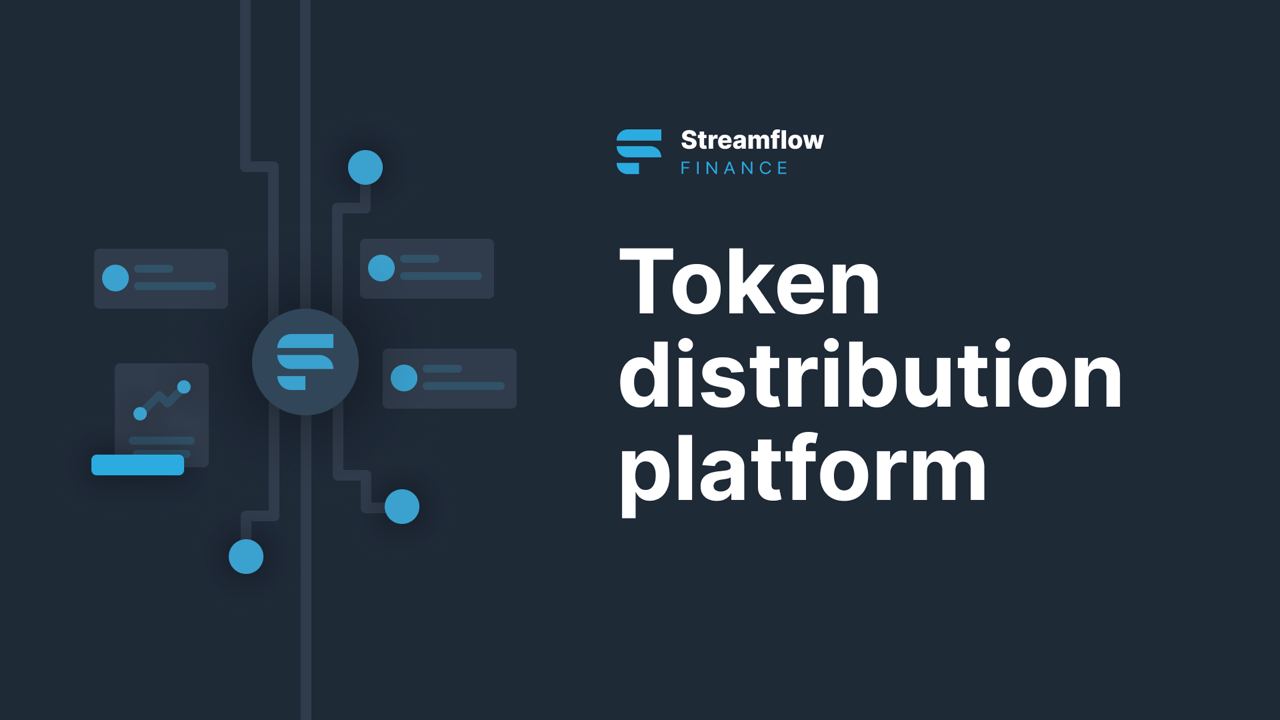Streamflow is a Solana based blockchain service platform that allows projects to completely automate their token vesting and payroll systems.
The platform provides a whole range of different tools that can help both organizations and individuals to distribute funds according to their tokenomics, making it easy to distribute the funds without any need for human intervention or handling.
The Pain of Vesting
Any project, firm or individual may need to set up a vesting schedule for their tokens. Also known as the lockup period, the vesting schedule is used for a variety of reasons, but ultimately the goal is to ensure that crypto assets are secured and untouchable by the intended owner for a specific period of time.
By doing this, projects can make sure that any large amount of tokens is not suddenly released into the market. Flooding can lead to a massive sell-off by the owner (be it an early buyer, whale or even the project team itself) and cause the token prices to crash – something no project wants.
While the concept sounds easy to understand, the smart contract behind is not easy to build. For projects, this can be difficult because they will simultaneously be concentrating on the project. Even if the vesting schedule contract can be coded, there is always a chance of a vulnerability or exploit.
For individuals, this can be near impossible if they may lack the skills and time to make such complex coding themselves.
Streamflow: Vesting Made Easy
Streamflow creates a unique approach to building automated vesting schedules, allowing anyone to set up one without worrying about the resources needed to build one. Streamflow offers an easy to use drop-down menu interface that can set up a vesting schedule in a matter of minutes.
The powerful vesting creation has several options that make it flexible to use and deploy, at the same time it covers all aspects that any crypto project might need for its token launch. Some benefits of using Streamflow are:
Setting Cliff
While tokens are set aside for the team and other users, to prevent mass flooding of the market, even later on in the project roadmap, a Cliff can be set, thereby ensuring that a set amount of the total tokens (in terms of a percentage) are released at a set frequency.
Cancellation Authority
While vesting schedules can be set up, there might arise times when the schedule might be required to be canceled or put on hold (breach of contract, upgrades etc.). Users can set up advanced cancellation options in which either the sender or recipient (or both) have the option to cancel the schedule.
Contract Transferring
In case the contract has to change hands, this option can be exercised. While withdrawn tokens cannot be transferred, the remaining locked equity, along with any unclaimed tokens, are handed over to the new recipient. The existing vesting schedule remains intact and effective.
Auto Token Withdrawal
In a normal vesting schedule, the unlocked tokens must be claimed by the recipient manually. Projects can use the advanced auto-withdrawal feature so that unlocked tokens can be distributed to intended recipients without any intervention. The withdrawal frequency can be set up to either coincide with the unlock timeline or run independently.
The Streamflow Team
Streamflow is the creation of a passionate group of people who have witnessed the industry issues in lockup contracts, the vulnerabilities these have and the difficulties projects face in ensuring a smooth deployment.
Carrying years of experience ranging from software automation, smart contract coding, business development and quality assurance, the team collectively have created a one-stop solution for all token vesting scenarios on the Solana blockchain.
Disclaimer: This article is provided for informational purposes only. It is not offered or intended to be used as legal, tax, investment, financial, or other advice.
Credit: Source link























